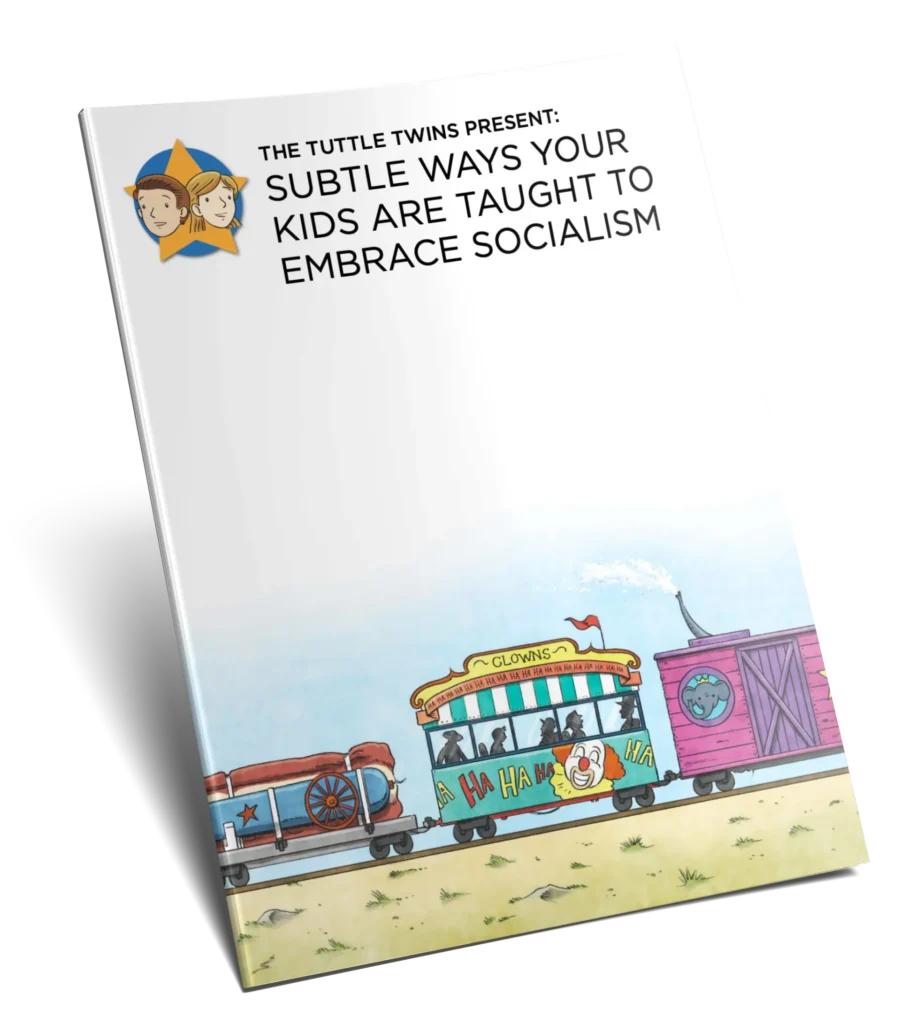The education of children has always been an important issue, but it has become even more so in recent years. Parents, educators, and policymakers are asking whether traditional schooling methods meet the needs of today’s children.
More families are shifting towards alternative approaches to education, from homeschooling to enrolling their children in private or charter schools. Microschools are a fairly new (but promising) approach to education, having emerged in the late 2000s.
Microschools provide families with an effective counter to traditional schools that approach learning as a one-size-fits-all experience. They place emphasis on individualized, experiential, and community-centered education. Microschools thoughtfully recognize each child as an individual with their own needs and strengths. This allows kids to develop at their own pace and build their self-confidence. Children feel that they are seen and supported throughout their learning, academic development, and personal growth.
Here’s a deeper look into microschools.
What Are Microschools?
Microschools are individualized and collaborative learning environments. Each classroom at a microschool typically has only 15 to 20 students, which allows educators to develop an individualized curriculum that suits each child's unique strengths, needs, and interests.
Microschools can offer a range of educational opportunities, including hybrid programs that combine elements of homeschooling and private school methods (as we’ll get into later). Furthermore, relationship building and community dynamics are significant tenets of all microschools.
One of the best features of microschools is their flexibility. Fewer students and smaller classrooms mean that educators can spend more time with their students. Such an environment offers every student a more personalized learning experience compared to traditional schools. Therefore, they help each student grow academically and personally.

The Pros and Cons of Microschools
Pros of Microschools
1. Individualized Instruction
The primary advantage of microschools is that the lessons are individualized for each child. Unlike public school, where one teacher is often responsible for 30 or more students, microschool teachers will have one-on-one time with their students during the school day. This is critical for every child to progress at their own pace, whether they need more support or are ready to push themselves with harder material. This personalized system is important for both student confidence and overall academic growth. Every student can excel without feeling stuck or left behind.
2. Strong Sense of Community
Another big social benefit of microschools is the community they create. Because the class sizes are small, students get to develop strong relationships with their teachers and fellow students. In this close community, children feel seen, heard, and motivated to engage in their own learning. This collaborative nature of microschools promotes the important social-emotional aspects of education, such as empathy, teamwork, and communication.
3. Flexibility and Innovational Learning
Teachers in microschools can customize a curriculum that takes into account the interests and needs of their students and adjust accordingly. Moreover, they can adapt to changes in education in real time, ensuring they deliver an incredible learning experience now and in the future.
4. Excellent Academic Experience
Microschools prioritize delivering high-quality education that extends beyond academics. Of course, microschools care about the well-being of children academically, but they also care deeply about their students’ character, critical thinking, and problem-solving outside the classroom. With proper resources, microschools can provide their students with a positive education that is academically, socially, culturally, and emotionally successful for all students.
5. Project-Based Learning
Project-based learning is a significant aspect of many microschools. These projects give students the tools to take a deeper dive into real-world problems and work collaboratively on hands-on projects with an effective solution. Project-based learning promotes critical thinking and creativity, which are skills that every successful person needs today.
Furthermore, microschools that utilize project-based learning can engage their students in a more meaningful way. For example, students working on a project focused on building a sustainable community garden would study science, economics, teamwork, management, and, in the process, learn the importance of sustainability and environmental responsibility. The use of projects to enhance learning provides students with a solid foundation for the complex, interconnected world they will enter upon graduation.

Cons of Microschools
1. Limited Resources
As a relatively new type of schooling, microschools do not have the same type of resources as larger public or private schools. Resources they might be missing include:
- Extracurricular activities, such as sports teams, performing arts, and student faculties.
- Specialist teachers, such as STEM specialists and foreign language teachers.
- Advanced technology, such as 3D printers, robotic kits, and interactive smart boards.
However, even though they don’t have the above advantages, microschools can provide specialized experiences through community and multidisciplinary approaches to education.
2. Cost
Most microschools charge fees that some families can't afford. Microschools run on tuition or private funding, in contrast to the public school system, which is funded by taxes. The majority of microschools in the U.S. have an annual tuition fee of $10,000 or less per student. Even though this is lower than the average tuition fees of private schools, this makes tuition-based systems unaffordable for families who have little flexibility to pay for a private education.
However, some microschools do offer:
- Grants and scholarships to help lower-income families pay for tuition, such as funds raised by the school or a nonprofit organization.
- A "sliding scale" tuition system that considers a family's income to create a more accessible form of education.
- Work-exchange, where families can offset tuition costs by volunteering their time and skills to the school, such as assisting with administrative tasks or classroom support.
3. Regulatory Hurdles
Microschools often face more regulations than traditional schools, including how they operate legally. While state regulations relating to a microschool's operation may differ from state to state and accreditation may not apply, families should check that a microschool meets state standards and that its educators have appropriate training and certification.
Traditional Education Systems: Public Versus Private Schools
Public Schools
All children have equal access to an education through public schools, funded by the government. Education data shows that 91% of the K-12 U.S. population attends public schools.
The public school curriculum is guideline-based, which means that there is a set of standards that each grade level must adhere to, set on a State and District level. This includes the content students are expected to learn.
Public schools have the potential to serve a diverse student body, offer helpful resources, and provide extracurricular activities, but often don’t have the capacity to offer individual education through customized lessons, nor meet the flexibility that most students require to be successful.
In addition, although the goal is to equalize education, the quality and standards for public education are often inconsistent throughout the U.S., which can limit a student's academic potential.
Public schools often deal with overcrowded classrooms, limited budgets, and little individualized consideration of the students’ needs for a learning path to success.
Private Schools
Private schools are self-funded; they charge tuition to attend the school. Education data shows that only 9% of the K-12 U.S. population attends and graduates from private schooling.
They have more curricular freedom and smaller classroom capacity, which allows for more individualized education for their students. Private schools also offer flexibility in their curriculum, providing a broader range of subjects and specialized programs that cater to the interests and needs of all students. On the other hand, most families cannot afford private education, nor the cost of tuition.
Microschools: The Best of Both Worlds
Microschools combine the best aspects of both public and private education, while minimizing their limitations. They are student-centered. Similar to public schools, microschools are open to many families from many backgrounds, creating a sense of community and deeper relationships among families, students, and teachers.
However, unlike public schools, microschools can offer the individualized, personalized learning and small class sizes typically associated with private schools. Because microschools are flexible, they can provide adaptable curricula based on the unique needs, interests, and pace of the students to ensure they are making academic progress.
Microschools offer the accessibility of public schools, with the customization and individual attention of private schools; they strike a balance that provides an enriching learning experience for every student.
A Deeper Dive into Personalized Learning Environments: The Heart of Microschools
Personalized learning is at the heart of the microschool model. Unlike traditional schools with standardized lessons, microschools can instead offer flexible, personalized curricula to meet the individual needs and strengths of different children.
Personalized learning offers students opportunities to discover their emotional, social, and intellectual selves, in addition to providing academic support. Students in personalized learning environments actively:
- Engage in deeper content analysis
- Encourage curiosity, allowing students to ask questions
- Discover and pursue their interests.
- Work ahead in subjects where they excel.
Furthermore, it ensures that all children are offered additional support or advanced content needed to succeed. Students no longer have to keep up with other students and can work at their own pace.

Homeschooling Versus Microschooling
Homeschooling has long been an alternative to traditional education, where parents are responsible for teaching their children. Homeschooling affords parents a lot of liberty to:
- Develop their own curriculum
- Set the pace of lessons
- Create a personalized learning environment.
Homeschooling allows children the freedom to learn at their own level of understanding or to embrace challenges when they're ready. Homeschooling also lets families bond and grow closer through learning together.
Many parents are equipped with the skills and resources to provide their children with a rounded education, whereas others may experience difficulties with planning, resourcing, and incorporating lessons.
Alternatively, microschools provide access to educational opportunities without the full burden of homeschooling while allowing intentional opportunities for socializing.
Resources for Microschools

If you are a parent interested in investigating microschools as an educational option, the Tuttle Twins provides excellent learning resources to educate children on how to think critically and creatively at the same time.
Books
The Tuttle Twins books help introduce various ideas, such as entrepreneurship, individual rights, and liberty, in a fun and engaging way. Some titles like 'The Law,’ 'Inspiring Entrepreneurs,' and the 'America's History' volumes provide a solid basis for an empowering curriculum.
Tuttle Twins Academy
The Tuttle Twins Academy is an online learning environment for teens that provides interactive lessons and project-based experiences in the subjects of U.S. History, Civics, Economics, Critical Thinking, and Entrepreneurship. This curriculum gives children the opportunity to explore these themes in greater depth and apply them to real-world situations. The academy will complement the books, creating an immersive educational experience.
Tuttle Twins provides resources for toddlers to high school students, with developmentally appropriate content that promotes independent thought and responsibility. Their resources will enhance the educational journey and encourage the same principles of freedom and individual rights that many microschools have as their core mission.
Conclusion: A New Path Forward
Microschools are a promising option as a growing number of families are searching for personalized and high-quality education for their children. Microschools give children the tools they need to flourish academically and in life, with a focus on project-based learning in a personalized learning environment.
While some hurdles are present, this new model has far more advantages than disadvantages, providing an exciting opportunity for parents eager to provide the best educational experience possible for their children.
Education is about empowering children to think for themselves, challenge assumptions, and take ownership of their learning. Microschools enrich students' lives and provide the ideal environment for this to happen, encouraging children to grow into inspiring, independent individuals who are ready to make a positive difference in the world.


